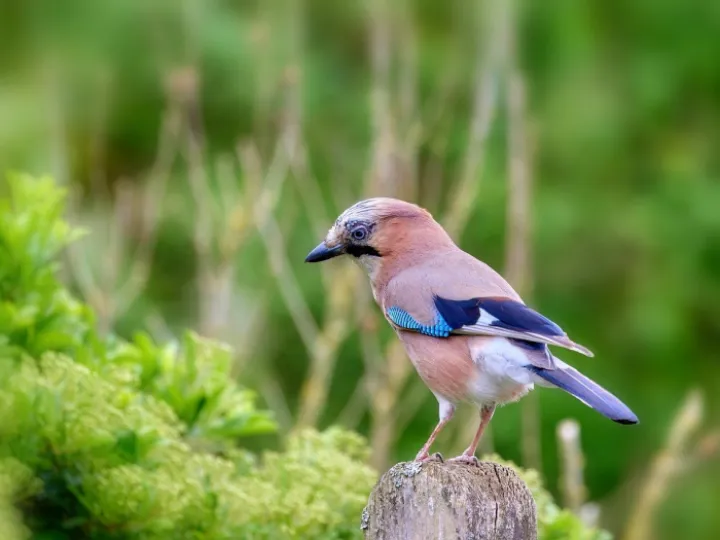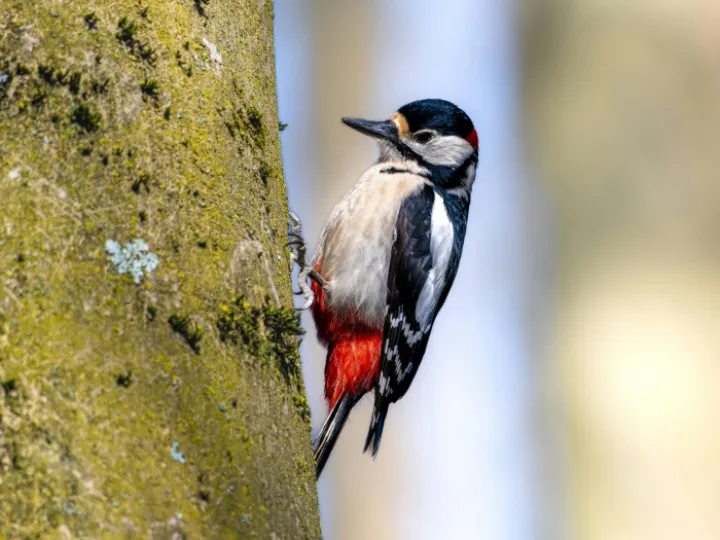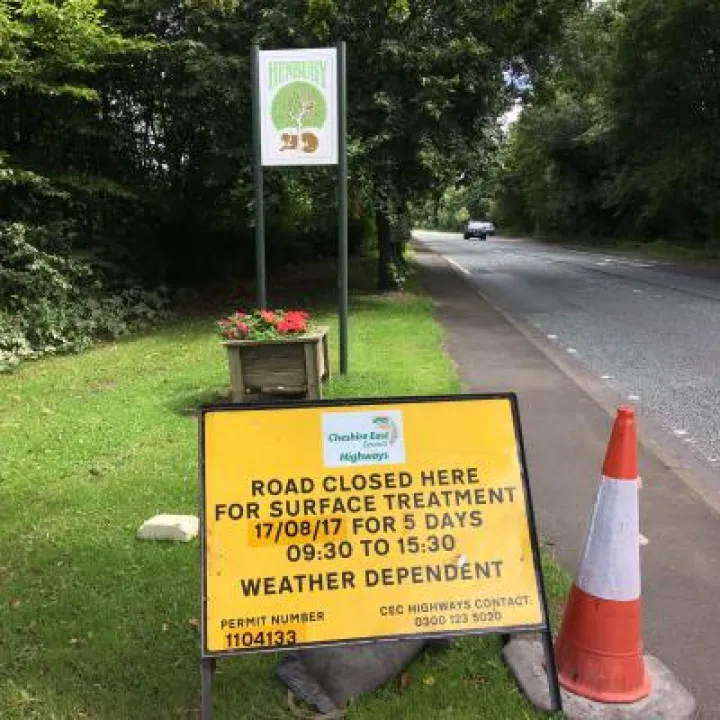


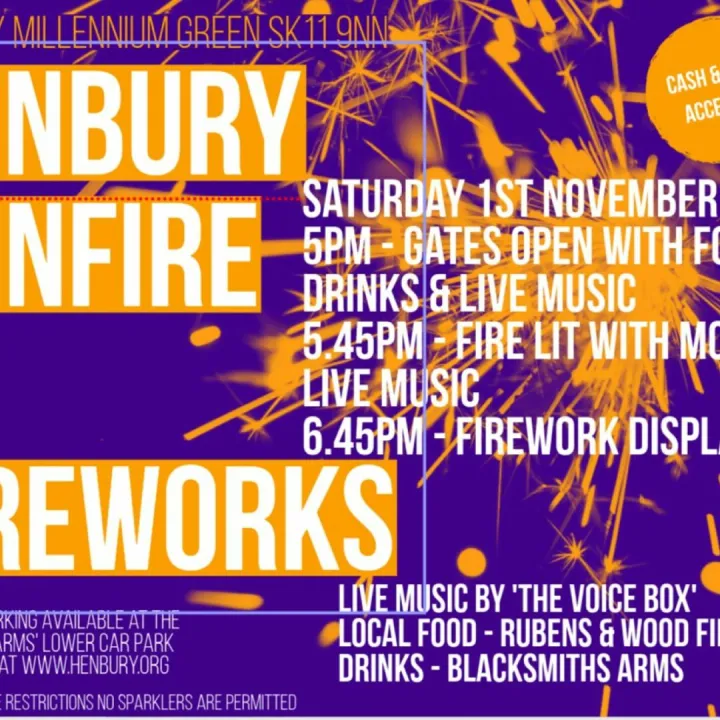

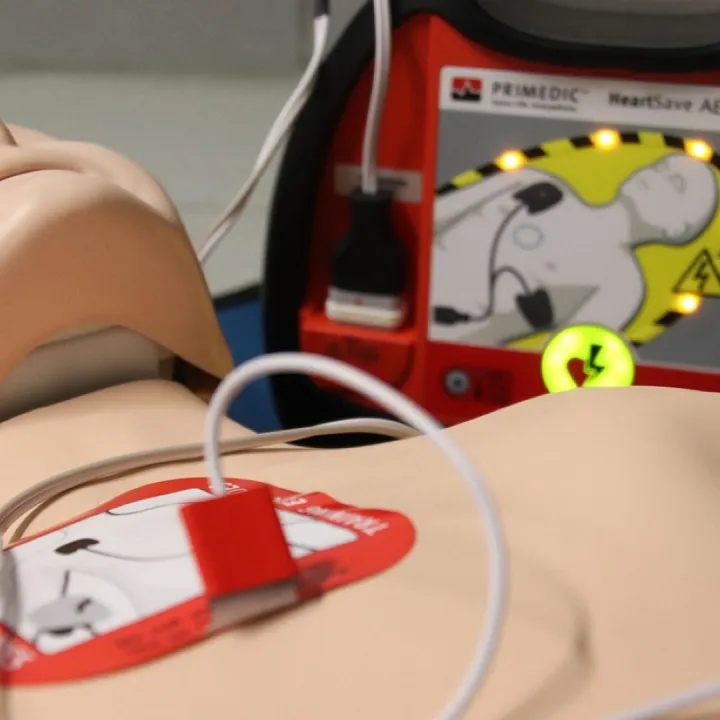
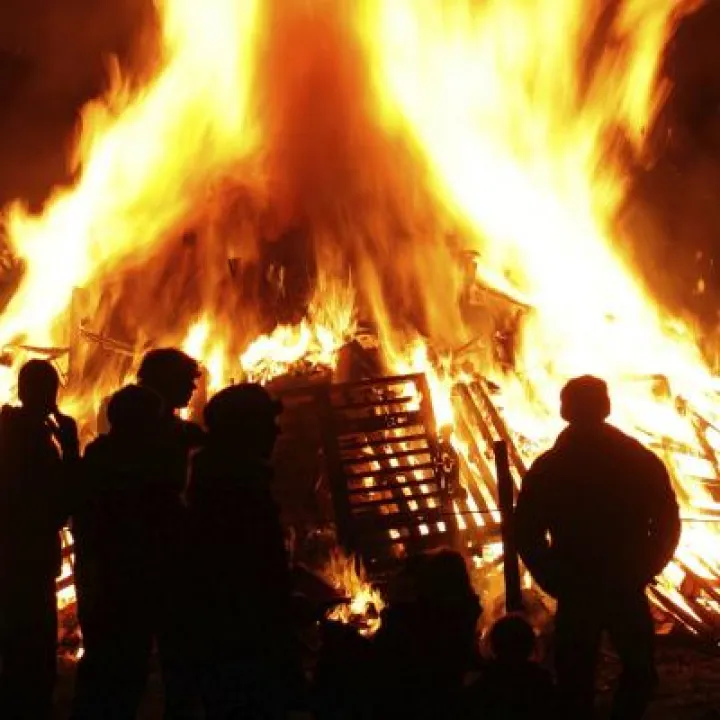

Our trusty dog walker wanders the Henbury countryside in the month of the longest day!
- And finds lots of lovely things around us.
Many thanks to Horrid of Henbury
Occasional Notes from a Dog Walker June 2024
A lovely sunny weekend to begin the month. On the sunny Sunday in the afternoon we found the cattle count had increased to about twenty head but as the sky clouded they began to gather under the large horse chestnut, anticipating rain presumably. What little sunshine remained picked out bright red spikes of wild sorrel in the meadow.
The recently ploughed large field was under the harrow since the ground had dried, but it seemed a bit late to sow a crop unless it were maize for fodder. Even so, the following morning it looked as though the field was being drilled with some sort of seed – maybe just regrassing it.
Lots of things happened as early summer came. "Our" pair of bullfinches fed madly, presumably raising a brood. A jay came and went frequently – and very handsome. The first pennywort flower spikes appeared in the walls on Anderton's Lane and where the hedges hadn't been trimmed the first blackberry flowers came out on the track to the cottages. The woodpeckers came to the nut feeders often (outdated unsalted cooking cashew nuts seemed very popular) – feeding a brood again? The swan remained on the big field-flood, alone; since they mate for life I wondered if his or her other half had expired.
The weather turned changeable; warm sun, cloudy, rain by turns. Dot the Dog and I walked out one sunny morning, me in shirtsleeves. As we approached the cottages we saw the cattle heading in phalanx to shelter under the horse chestnut tree halfway up the small top field as the sky clouded over – they knew the rain was coming and we got soaked! By the time we reached the cottages again after our soggy circuit of the fields the sun had reappeared and the cattle were returning to graze their new territory.
A day later DtG and I walked in the morning round the fields in bright, warm but humid sunshine. There had been a bit of a breeze and occasionally a gusty wind. On our afternoon walk we found that in the meanwhile a huge bough had come off the ancient horse chestnut tree that stands beside the gate between the big field that I call the "flood-field" and the small top field behind the main road. The fallen bough had blocked the gateway. After another couple of days I had the chance to have a proper look (DtD having found an interesting scent in the hedge bottom and thus being preoccupied for a few minutes). From a distance it looked though half the tree had fallen – and it had. At the fork in the trunk fifteen or so feet up the more southerly branch had come down; the rot was easily visible.
A note on orchids – S found an article on common spotted orchids. Those on the Millennium Green were spectacular this year but Charles Darwin (no less) was puzzled as to why they only grew in small groups or areas since their tiny windborne seeds could travel miles. It now seems that the seeds do not carry enough reserves of nutrition to sustain seedlings. They depend on latching into fungal mycelia that connect adult orchid plant roots on germinating and thus spread – as they have. That still doesn't explain where the original couple of orchids on the Green came from... Perhaps rhizomes or seed on the autumn cutter.
The birds continued to feed greedily on the feeders and bird table to the extent that I had to buy four kilos of seed in a week, although some remained to be carried over. The adults were wearing themselves out, with juvenile tits and starlings to the fore being beak-fed. The bullfinches seemed to be carrying off titbits, presumably to their well-hidden young.
On an afternoon walk (thanks to Dot the Dog staring up at a squirrel that had rushed for refuge) I saw that the new foliage on the maple trees at the entrance to the paddock was quite a bright red. On the way home we saw tiny "fairies bonnet" fungi tightly in crevices on the bottom of a sycamore tree on the path behind Henbury rise. As last year they had gone two days later.
Mid-month the first shoots appeared on the recently ploughed-and-sown field. The crop looked at first sight like maize. A clump of evergreen bugloss (I'd never heard of it – had to look it up!) came into bright blue flower at the corner of the primary school field hedge – the seeds apparently adhere to animal fur or human clothing to drop where they will.
In our garden, we were joined by a family of squirrels, much to Dot the Dog's annoyance. She rapidly saw them off and one was lucky to escape with its tail, let alone is life. There were two adults and two obvious juveniles who were being instructed by Mum and Dad how to prise off the lids on our "squirrel-proof" bird feeders...
One thing that struck me about this late spring and early summer was how few butterflies we had seen, the odd one only had fluttered by. Perhaps it had something to with the continuing dreadful weather, but I hoped it weren't anything more ominous. They should have been breeding by now for their first brood, with another in the late summer to overwinter as imagos or chrysalises.
A huge group of starlings hit the bird table and feeders, adults and juveniles. It must have been a second brood because we had seen juvenile birds many weeks ago that by now would have had adult plumage. A broken snail shell beside a plant container must have been left by the thrush, but being a shy bird we hadn't seen it although we had heard its song at daybreak for many days.
Some bright and even hot sunny days came. The fallen half-tree was cut back to unblock the gateway and then the grass in the fields was cut – within a couple of days the mown grass lay as hay, waiting to be picked up. Dot the Dog had great fun snuffling and tossing the dry grass with her nose! Perhaps she could be employed as a whiffler (a real word – it's the thing that turns the hay so that it dries evenly). Then some of the grass in the fields was hoovered up and packed into black plastic drums. Some was turned to dry further and looked like it could be baled as real hay – and the cattle in the little top field were eating it as it lay.
A pair of swallows swooped and weaved over the big field one morning – but only the two. Even so, if "one swallow doesn't make a summer" there were two and it really became a hot summer's day.
Hogweed grew beside the path going to Henbury Rise. Some was taller than me (but not the pernicious giant variety). The umbels started bright pink as they opened and then turned brilliant white.
Hot days continued – humid too. The remaining hay was baled and carted and the cattle (fewer than last year) were let into the bigger flood-field. They were at first inquisitive and galloped round their new field boundaries and inspected new incomers (dog-walkers like me) very warily. In the prevailing heat they congregated in the shade of the oak tree by the kissing gate at the start of the path to Whirley – off-putting for more timid travellers, but they made way quite easily.
In the heat the birds seemed to feed less and we had to reduce the amount of goodies on the bird table (lest Rowland Rat came for a feast overnight). However, come a wet Friday the birds returned and S saw a family of long-tailed tits on the feeders – Mum and Dad teaching around six young ones how to get at the seed. They came back a couple of days later.
Last day of the month – wet! Dot the Dog and I set off to walk the fields, but beyond the cottages the cattle were huddled round the kissing gate and under the adjacent tree, sheltering. Someone (unusually dogless) approached from the Whirley direction but it was obvious that the cattle were not going to give way – he turned back. DtD and I took our cue and headed for home in penetrating drizzle, ready for a good breakfast.
As ever
Horrid of Henbury

